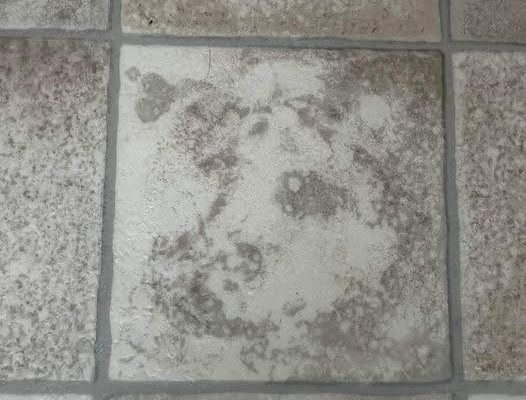Art takes many forms, and sometimes, we come across something that doesn’t immediately register as art. One fascinating example of this is how our brains detect patterns in random objects—a psychological phenomenon that makes us see familiar shapes in unexpected places.
This intriguing experience is known as Pareidolia. In simple terms, it’s the ability to recognize something familiar in an otherwise unrecognizable object. But how does this happen?

Imagine looking at a tree and suddenly spotting what appears to be a face in the bark. Or maybe you’re staring at a tiled floor and noticing a pattern that reminds you of something else. It’s not magic—it’s just your brain working the way it’s wired to.
Our brains are designed to recognize familiar objects, particularly faces, which is why we sometimes see faces in inanimate objects. This pattern-recognition ability is a survival instinct, helping us quickly identify people and objects in our surroundings. That’s why, even when something isn’t immediately clear, our minds attempt to make sense of it by associating it with something recognizable.
Seeing Art in Everyday Life
Think back to when you were a kid, lying on your back and watching clouds drift by. You probably saw animals, people, or other shapes forming in the sky. Your imagination took over, and suddenly, the clouds weren’t just clouds anymore—they became something meaningful.
This natural ability also explains why you can scan a massive crowd and immediately pick out a familiar face. It’s an instinct ingrained in us, making Pareidolia a completely normal part of human perception.
The Artistic Connection
When you experience Pareidolia, you’re essentially transforming the ordinary into something artistic. While some may find this phenomenon odd, others view it as a creative process. Researchers believe that Pareidolia is linked to how we express emotions and engage socially, possibly even playing a role in artistic inspiration. Our brains constantly seek meaning, even in the most random situations, and this drive for meaning fuels our creativity.
Many artists embrace this concept to create unique works. They might find hidden forms in natural elements or recognize faces in unconventional places, incorporating these patterns into their art. Some even use Pareidolia as a deliberate technique to explore visual illusions and abstract forms.
So, if you ever find yourself noticing familiar shapes in unfamiliar settings, don’t be alarmed. It’s just your brain doing what it does best—finding meaning in the world around you and adding a touch of creativity to everyday life.



